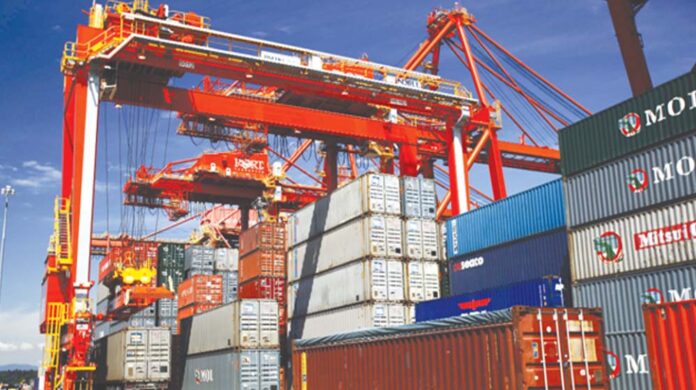Pakistan’s trade deficit with the Middle East increased by 9.75% to $9.349 billion in the first eight months of the 2024-25 fiscal year, compared to $8.518 billion during the same period last year. This rise is largely attributed to an increase in petroleum imports, which have significantly impacted the trade balance.
Exports to the Middle East saw a modest increase of 3.56%, reaching $2.095 billion in July-February 2025, compared to $2.023 billion in the same period the previous year.
In FY24, exports to the region grew by a stronger 35.23%, totaling $3.155 billion, up from $2.33 billion in FY23.
At the same time, Pakistan’s imports from the Middle East rose by 8.56%, totaling $11.444 billion in the first eight months of FY25, compared to $10.541 billion last year.
In FY24, however, imports from the region had declined by 13.53%, to $16.16 billion, from $18.69 billion in FY23.
Pakistan has recently signed a free trade agreement with the Gulf Cooperation Council (GCC) states in an effort to address its trade imbalance with the region. During the period under review, demand for Pakistani products in the United Arab Emirates (UAE), Saudi Arabia, and Qatar showed growth.
Exports to Saudi Arabia rose by 10.59% to $489.44 million in July-February 2025, compared to $442.54 million last year.
In FY24, exports to Saudi Arabia increased by 40.98% to $710.335 million, up from $503.851 million in FY23. Meanwhile, imports from Saudi Arabia saw a decline of 19.54%, falling to $2.47 billion from $3.07 billion.
Exports to the UAE also showed an increase of 5.84%, reaching $1.414 billion in July-February 2025, up from $1.336 billion last year.
In FY24, exports to the UAE surged by 41.15%, totaling $2.082 billion compared to $1.475 billion in FY23. Pakistan’s top exports to the UAE include rice, bovine carcasses, cotton garments, and fruits. However, imports from the UAE rose by 30.11% to $5.220 billion in FY25.
Exports to Bahrain, however, declined by 27.79%, amounting to $34.21 million in July-February 2025, compared to $47.38 million last year. Imports from Bahrain increased by 27.32%, reaching $155.75 million.
Exports to Kuwait saw a decrease of 10.42%, totaling $77.002 million in the first eight months of FY25, down from $85.953 million in the same period last year. Imports from Kuwait, on the other hand, rose by 2.22%, reaching $1.244 billion.
Exports to Qatar fell by 28.31%, totaling $80.38 million, while imports from Qatar increased by 11.08%, reaching $2.355 billion.
However, the growing trade deficit is a concern for policymakers, particularly as petroleum consumption has surged in the current fiscal year. The quantity of crude oil imported rose by 20.29% in the first eight months of FY25 compared to the previous year, contributing to the wider deficit.
In FY24, the trade imbalance had narrowed by 20.47% to $13.014 billion, down from $16.365 billion in the preceding year, primarily due to a decrease in petroleum imports amid falling consumption driven by rising domestic prices.
























